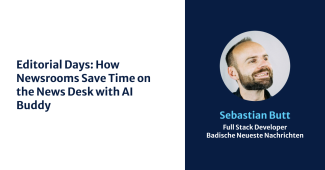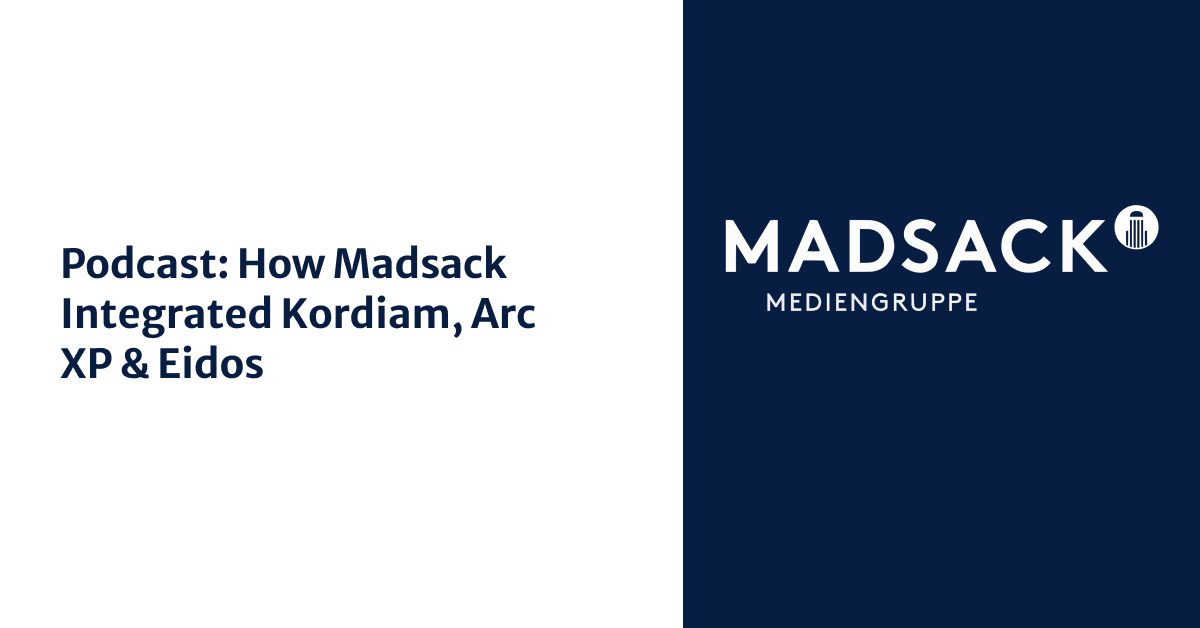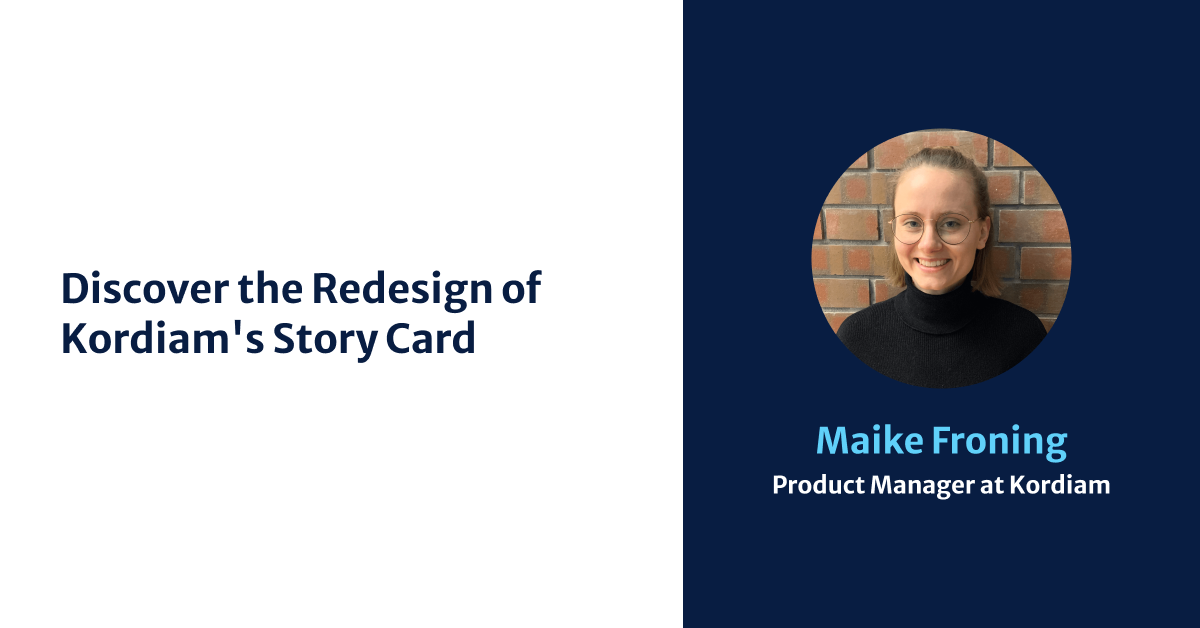How Newsrooms Save Time on the News Desk with AI Buddy

AI tools are making their way into newsrooms, but without coordination, they often create more friction than value. Editors test features in isolation. Freelancers experiment without standards. The result? Inconsistent outputs, duplicated effort, and rising costs.
At Badische Neueste Nachrichten, one developer saw a better path. What began as a simple side project by Sebastian Butt has grown into AI Buddy, a newsroom-wide platform that centralizes prompt knowledge, standardizes outputs, and gives every contributor the same AI-powered edge.
Building AI Buddy - From Side Project to Platform
What started as a lightweight tool to store ChatGPT prompts grew into a full-featured AI platform. Editors across departments now use AI Buddy to:
Store and reuse custom prompts across teams
Generate headlines, teasers, and summaries with set rules
Transcribe and analyze interviews or audio clips
Access up-to-date web data inside prompts
Compare draft iterations in a split-screen editor
Match articles with user needs to guide follow-up stories
There’s no need for individual OpenAI accounts. AI Buddy runs inside the company’s network, with usage controls in place. This helps teams scale AI access without incurring ballooning costs.
Designed for Real Editorial Workflows
Instead of chat threads, AI Buddy presents inputs and outputs side by side. This setup lets editors compare responses, tweak inputs, and keep their focus on content quality.
The tool also accepts uploads like PDFs, Excel sheets, and audio files. This means editors can use transcribed interviews or dashboard exports directly in prompts.
One example Butt shared was an AI-powered assistant that scans performance dashboards and recommends follow-up angles based on user needs like “educate me” or “update me.”
Shared Prompts and Knowledge Bases
AI Buddy includes a searchable prompt database organized by editorial use case. Some prompts help rewrite leads. Others structure longform text or extract SEO fields. Many prompts pull from centralized knowledge bases, such as definitions of user needs or audience personas. This keeps outputs consistent and aligned with newsroom strategy.
It also supports prompt chaining. Editors can ask the AI to perform one task, then pass the output into another prompt for validation or improvement. This layering helps reduce hallucination risks and ensures the results stay grounded in source text.
Integrating with Kordiam
Badische Neueste Nachrichten is exploring how to connect AI Buddy with Kordiam. For freelancers submitting stories in the Kordiam platform, a future integration could offer AI-powered suggestions right where they work.
For example, a freelancer might generate headline options based on existing story metadata in Kordiam using saved prompts. This would give temporary contributors access to the same quality tools as full-time editors, without leaving their workflow.
A Few Minutes at a Time Adds Up
One internal experiment showed that using AI Buddy to draft routine police reports saved about three minutes per article. Across multiple stories per day, that time adds up. More importantly, it frees up editors to focus on more complex work, like shaping coverage and developing deeper reporting.
What's Next
Badische Neueste Nachrichten continues to expand AI Buddy. The team is exploring automated newsletter creation, structured output formatting, and new integrations with data sources. What stays consistent is the focus: supporting editorial teams in practical, repeatable ways.
By keeping AI support in-house and tailored to real newsroom needs, Badische Neueste Nachrichten is making AI more usable, more reliable, and more accessible across the board.
Listen to the recording of Sebastian Butt's presentation on the AI Buddy at Editorial Days.

